Home>Interior Design>Using Bleach To Kill Mold: What You Need To Know
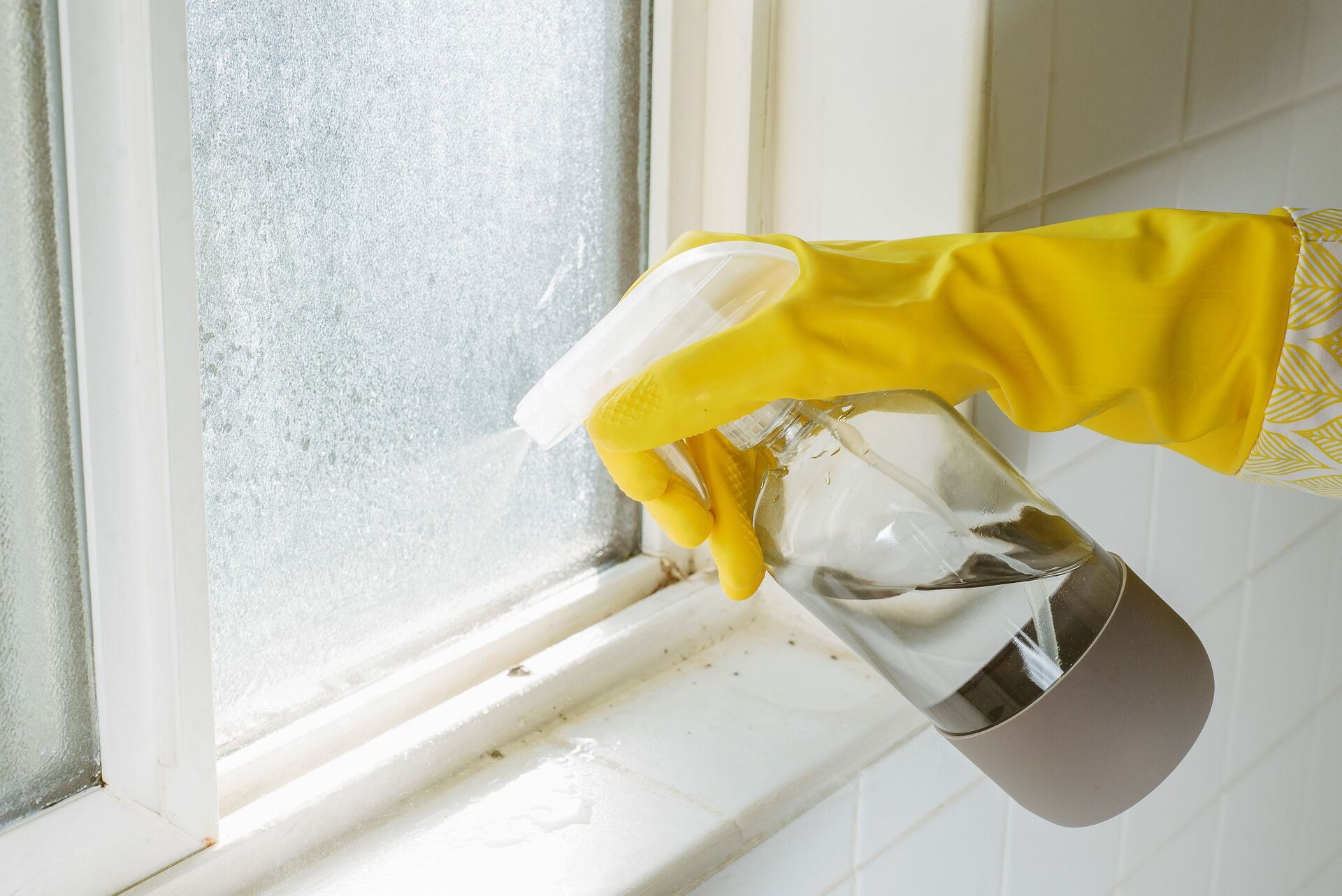

Interior Design
Using Bleach To Kill Mold: What You Need To Know
Modified: January 6, 2024
Learn how to safely use bleach for mold removal in interior design. Discover the essential tips and precautions for effective mold treatment.
(Many of the links in this article redirect to a specific reviewed product. Your purchase of these products through affiliate links helps to generate commission for Storables.com, at no extra cost. Learn more)
Introduction
Welcome to the ultimate guide on using bleach to kill mold. Mold is a common household nuisance that can lead to various health issues and property damage if left unchecked. In this comprehensive article, we will delve into the intricacies of mold growth, the risks associated with mold exposure, and the effective use of bleach as a mold remediation solution. By the end of this guide, you will be equipped with the knowledge and precautions necessary to tackle mold infestations using bleach effectively and safely.
Mold growth is a persistent problem in many homes, particularly in areas with high humidity or moisture. It can thrive on various surfaces, including walls, ceilings, floors, and even household items. Understanding the nature of mold and its potential risks is crucial for maintaining a healthy living environment.
While there are numerous methods for addressing mold, the use of bleach is a popular choice due to its effectiveness in killing mold spores and preventing regrowth. However, it is essential to approach this method with caution and a thorough understanding of its application to ensure both effectiveness and safety.
In the following sections, we will explore the nuances of mold growth, the potential health risks associated with mold exposure, and the proper use of bleach as a mold remediation solution. Additionally, we will discuss the necessary precautions to take when using bleach to eliminate mold, ensuring a comprehensive and informed approach to mold remediation. Let's embark on this enlightening journey to equip ourselves with the knowledge and best practices for using bleach to combat mold effectively.
Key Takeaways:
- Mold can be harmful to both your health and home. Bleach is effective on hard surfaces, but be cautious and consider professional help for extensive mold or porous materials.
- When using bleach to kill mold, safety is key. Wear protective gear, ensure ventilation, and follow proper dilution and disposal guidelines for a healthier living environment.
Read more: How To Know If You Need A Humidifier
Understanding Mold
Mold is a type of fungus that thrives in damp, warm, and humid environments. It reproduces by producing tiny spores that are invisible to the naked eye, allowing them to spread easily through the air. These spores can settle on various surfaces and begin to grow under the right conditions, leading to the formation of visible mold colonies. Common indoor mold species include Aspergillus, Penicillium, Cladosporium, and Stachybotrys chartarum (black mold).
Areas of the home that are prone to moisture, such as bathrooms, kitchens, basements, and areas affected by water leaks, are particularly susceptible to mold growth. Additionally, porous materials like drywall, ceiling tiles, carpet, and wood provide an ideal breeding ground for mold, as they can retain moisture and organic matter on which mold feeds.
Aside from its unsightly appearance and musty odor, mold can have detrimental effects on both the structural integrity of a property and the health of its occupants. When left unchecked, mold can cause damage to building materials, leading to costly repairs and structural issues. Furthermore, exposure to mold can trigger allergic reactions, respiratory problems, and other health concerns, particularly in individuals with pre-existing conditions or compromised immune systems.
Understanding the conditions that facilitate mold growth and the potential hazards it poses is crucial for effective mold management. By identifying and addressing moisture sources, improving ventilation, and promptly addressing water damage or leaks, homeowners can mitigate the risk of mold infestations. Furthermore, being proactive in maintaining a dry and well-ventilated home environment can significantly reduce the likelihood of mold proliferation.
Now that we have a foundational understanding of mold and its propensity for growth in indoor environments, we can explore the risks associated with mold exposure and the importance of addressing mold infestations promptly and effectively.
Risks of Mold Exposure
Exposure to mold can pose significant risks to both physical health and overall well-being. The presence of mold in indoor environments can exacerbate allergies, trigger asthma attacks, and cause respiratory issues. Furthermore, certain individuals may be more susceptible to the adverse effects of mold, including infants, the elderly, individuals with respiratory conditions, and those with weakened immune systems.
Common health effects associated with mold exposure include:
- Allergic Reactions: Mold spores can act as allergens, leading to symptoms such as sneezing, runny nose, red eyes, and skin rashes in susceptible individuals.
- Asthma Exacerbation: For individuals with asthma, exposure to mold can worsen existing symptoms and lead to asthma attacks, shortness of breath, and chest tightness.
- Respiratory Issues: Prolonged exposure to mold spores can cause or exacerbate respiratory conditions, leading to coughing, wheezing, and throat irritation.
- Immune System Responses: Individuals with weakened immune systems, such as those undergoing chemotherapy or individuals with HIV/AIDS, may be at higher risk of fungal infections caused by mold exposure.
In addition to the physical health implications, mold exposure can also impact mental well-being. The presence of mold in living spaces can cause anxiety, stress, and a sense of discomfort, particularly when individuals are aware of the potential health risks associated with mold exposure. Furthermore, the visible presence of mold can detract from the aesthetics and overall appeal of a home, impacting the comfort and satisfaction of its occupants.
Addressing mold infestations promptly and effectively is essential for mitigating these risks and maintaining a healthy indoor environment. By understanding the potential health effects of mold exposure, individuals can take proactive measures to prevent and remediate mold growth, safeguarding their well-being and that of their families.
Now that we have explored the risks associated with mold exposure, we will delve into the use of bleach as a method for killing mold and the precautions necessary to ensure its safe and effective application.
When using bleach to kill mold, make sure to properly ventilate the area and wear protective gear such as gloves and a mask. Mix 1 cup of bleach with 1 gallon of water for an effective solution.
Using Bleach to Kill Mold
Bleach is a commonly used household disinfectant that is known for its effectiveness in killing mold and mildew. When used appropriately, bleach can be a powerful tool in combating mold growth on hard, non-porous surfaces such as tile, glass, bathtubs, and countertops. The active ingredient in bleach, sodium hypochlorite, has strong antimicrobial properties that can eliminate mold spores and prevent regrowth when applied correctly.
To use bleach effectively in mold remediation, follow these steps:
- Prepare the Area: Ensure proper ventilation by opening windows and using fans to circulate air. Additionally, wear protective gloves, goggles, and a mask to prevent direct contact with bleach and minimize inhalation of fumes.
- Mix the Bleach Solution: Create a solution of one cup of household bleach (containing 5-6% sodium hypochlorite) per gallon of water. Avoid mixing bleach with ammonia or other household cleaners, as this can result in toxic fumes.
- Apply the Solution: Using a spray bottle or sponge, apply the bleach solution to the mold-affected area. Ensure thorough coverage and allow the solution to sit for 15 minutes to effectively kill the mold.
- Scrub and Rinse: Gently scrub the area with a brush or sponge to remove the mold residue. Rinse the surface with clean water and allow it to dry completely.
- Inspect for Regrowth: Monitor the treated area for any signs of mold regrowth, and address any underlying moisture issues to prevent future infestations.
It is important to note that while bleach can effectively kill mold on non-porous surfaces, it may not be suitable for use on porous materials such as wood or drywall, as it cannot penetrate deeply enough to eliminate mold roots embedded within these materials. In such cases, professional remediation or the replacement of affected materials may be necessary.
When using bleach to kill mold, it is crucial to follow safety precautions and use it in a well-ventilated area to minimize exposure to fumes. Additionally, it is advisable to conduct a patch test on a small, inconspicuous area to ensure that the bleach solution does not cause discoloration or damage to the surface being treated.
By understanding the proper application of bleach in mold remediation and adhering to safety guidelines, individuals can effectively eliminate mold and create a healthier living environment. However, it is essential to exercise caution and consider alternative methods when dealing with extensive mold infestations or porous materials.
Now that we have explored the use of bleach in killing mold, let’s delve into the precautions necessary to ensure safe and effective mold remediation with bleach.
Precautions When Using Bleach
While bleach can be an effective tool for killing mold, it is essential to exercise caution and adhere to safety precautions when using this powerful disinfectant. By following these precautions, individuals can mitigate potential risks and ensure the safe and effective application of bleach in mold remediation:
- Protective Gear: Wear protective gloves, goggles, and a mask to shield skin, eyes, and respiratory passages from direct contact with bleach and inhalation of fumes. This is crucial for minimizing potential irritation and adverse health effects.
- Ventilation: Use bleach in a well-ventilated area by opening windows and using fans to facilitate air circulation. Adequate ventilation helps disperse bleach fumes and reduces the risk of inhalation and respiratory discomfort.
- Avoid Mixing: Never mix bleach with ammonia or other household cleaners, as this can produce toxic fumes that pose serious health risks. Use bleach independently and ensure that the area is free from any residual cleaning agents.
- Spot Testing: Before applying bleach to a larger area, conduct a spot test on a small, inconspicuous area to ensure that the bleach solution does not cause discoloration or damage to the surface being treated.
- Proper Dilution: Follow recommended dilution ratios when preparing the bleach solution to ensure effectiveness without using excessive amounts of bleach. Overly concentrated bleach solutions can be harsh and may not provide additional benefits in mold remediation.
- Disposal and Cleanup: Dispose of any leftover bleach solution safely and rinse cleaning tools thoroughly after use. Proper cleanup and disposal help prevent accidental exposure and ensure a safe environment after mold remediation.
It is important to emphasize that while bleach can effectively kill mold on hard, non-porous surfaces, it may not address underlying moisture issues or eliminate mold embedded within porous materials. In cases where mold infestations are extensive or affect porous surfaces, seeking professional remediation services may be necessary to ensure comprehensive and lasting mold removal.
Additionally, individuals with respiratory conditions, sensitivities to chemicals, or other health concerns should consider alternative mold remediation methods or seek professional assistance to minimize potential health risks associated with bleach use.
By observing these precautions and being mindful of safety guidelines, individuals can harness the power of bleach to combat mold while safeguarding their well-being and that of their household. It is crucial to approach mold remediation with a thorough understanding of the risks and safety measures, ensuring a proactive and responsible approach to maintaining a healthy living environment.
With a comprehensive understanding of the precautions necessary for using bleach in mold remediation, we have equipped ourselves with the knowledge and best practices for addressing mold infestations effectively and responsibly.
Conclusion
As we conclude this comprehensive guide, we have gained valuable insights into the nature of mold, the risks associated with mold exposure, and the effective use of bleach as a mold remediation solution. Mold, a pervasive fungus that thrives in moist environments, poses significant health risks and can compromise the structural integrity of properties if left unaddressed. Understanding the potential health effects of mold exposure and the importance of proactive mold management is crucial for maintaining a healthy living environment.
Bleach, with its potent antimicrobial properties, can be an effective tool for killing mold on hard, non-porous surfaces when used appropriately. By following proper dilution ratios, adhering to safety precautions, and applying the bleach solution effectively, individuals can eliminate mold and prevent regrowth in targeted areas. However, it is essential to recognize the limitations of bleach and consider alternative methods or professional remediation for extensive mold infestations or porous materials.
Throughout this guide, we have emphasized the significance of safety measures when using bleach for mold remediation. Protective gear, proper ventilation, and cautious handling of bleach are essential for minimizing risks and ensuring a safe environment during and after mold treatment. Additionally, individuals should be mindful of proper disposal and cleanup procedures to prevent accidental exposure and maintain a healthy living space.
Ultimately, addressing mold infestations requires a balanced approach that combines effective remediation methods with proactive moisture control and vigilant maintenance. By understanding the risks of mold exposure, leveraging the potential of bleach in targeted applications, and observing safety precautions, individuals can create a healthier and more resilient living environment for themselves and their families.
As we embark on our journey to combat mold and safeguard our homes, let us carry forward the knowledge and best practices shared in this guide. By empowering ourselves with a comprehensive understanding of mold management and the safe use of remediation tools like bleach, we can foster a living environment that promotes well-being, comfort, and peace of mind.
With this guide, you are well-equipped to tackle mold infestations with confidence and responsibility, ensuring a healthier and more harmonious living space for years to come.
Frequently Asked Questions about Using Bleach To Kill Mold: What You Need To Know
Was this page helpful?
At Storables.com, we guarantee accurate and reliable information. Our content, validated by Expert Board Contributors, is crafted following stringent Editorial Policies. We're committed to providing you with well-researched, expert-backed insights for all your informational needs.
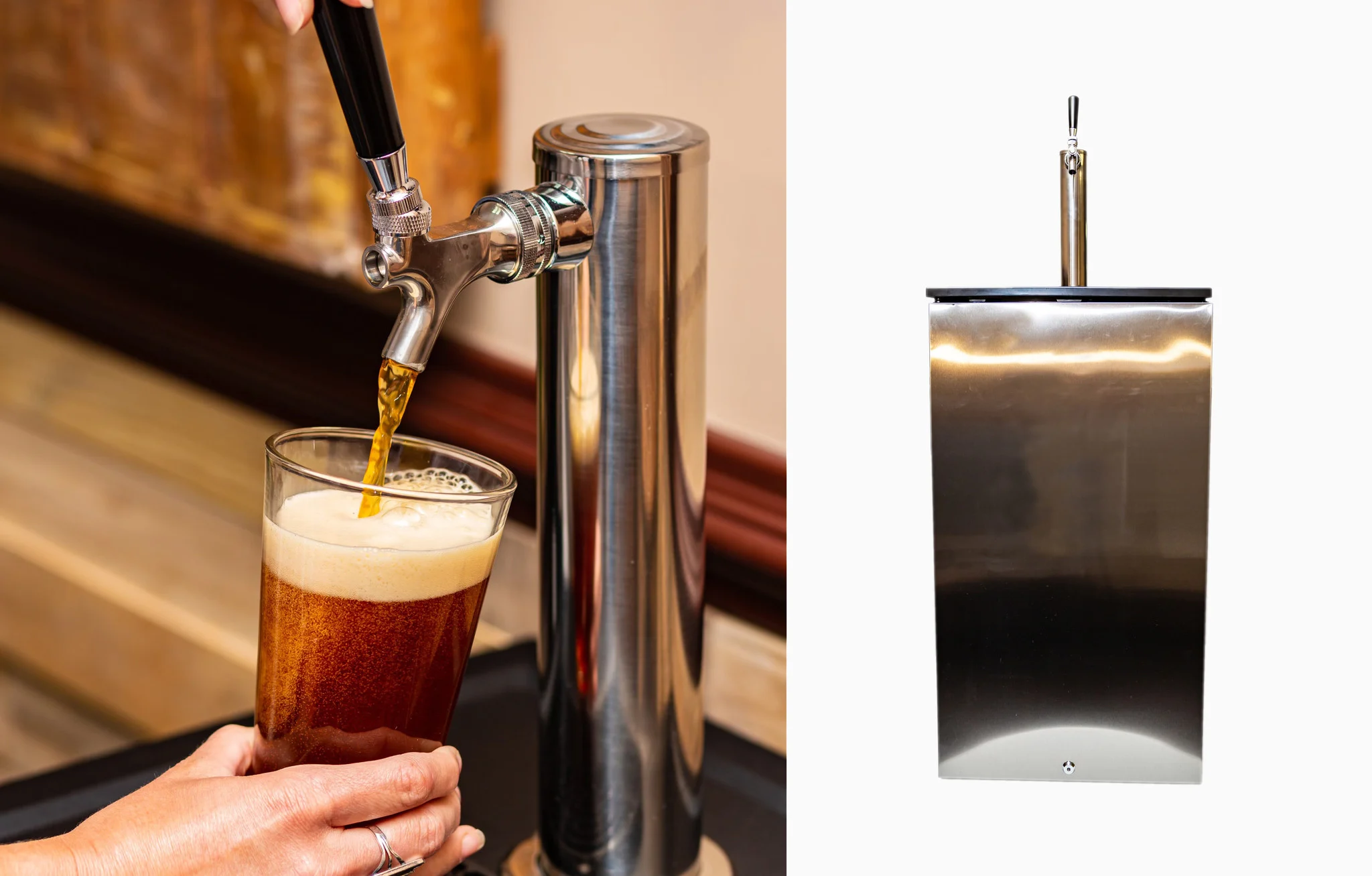


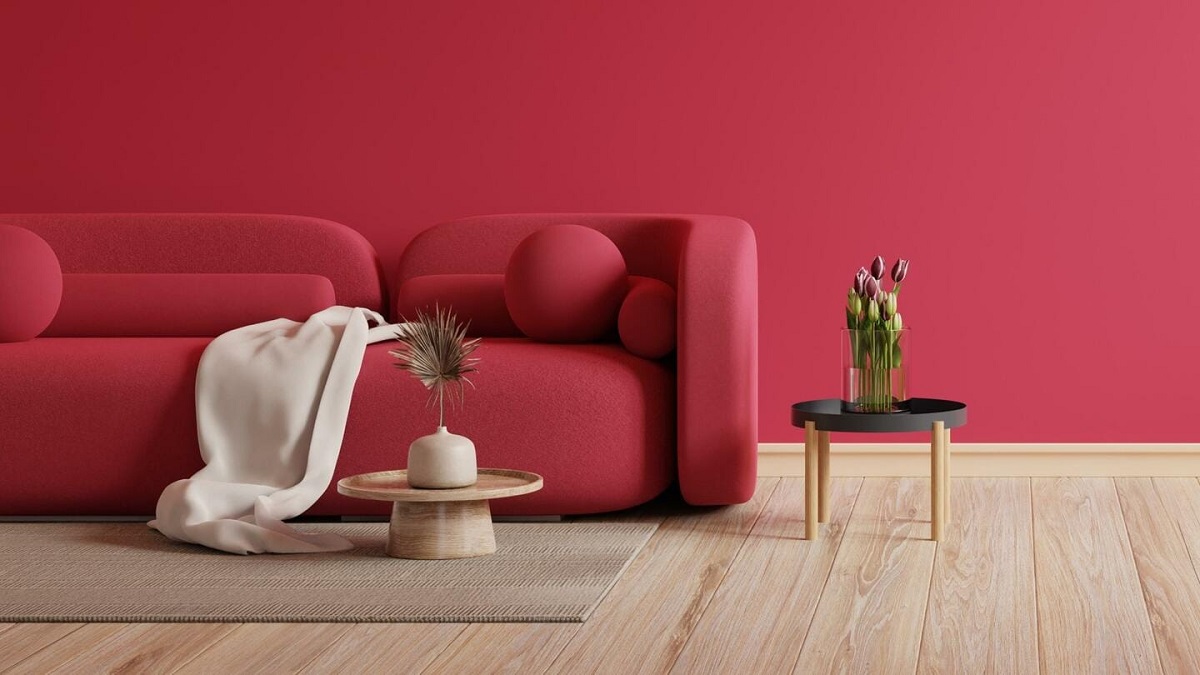

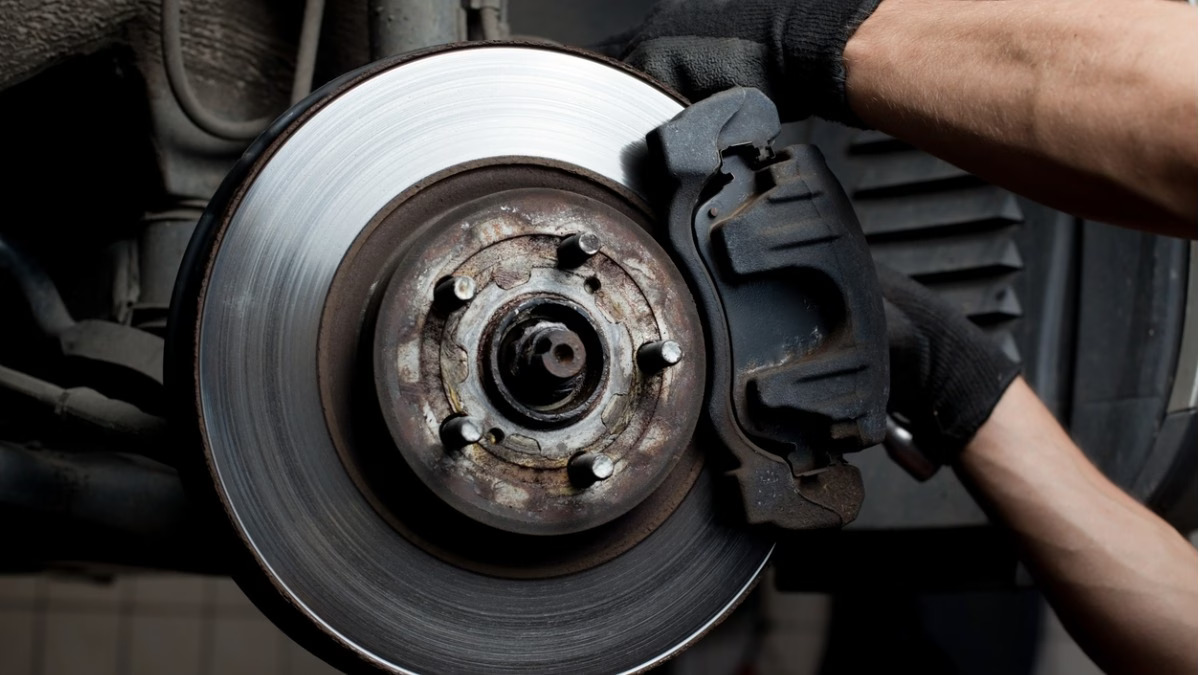
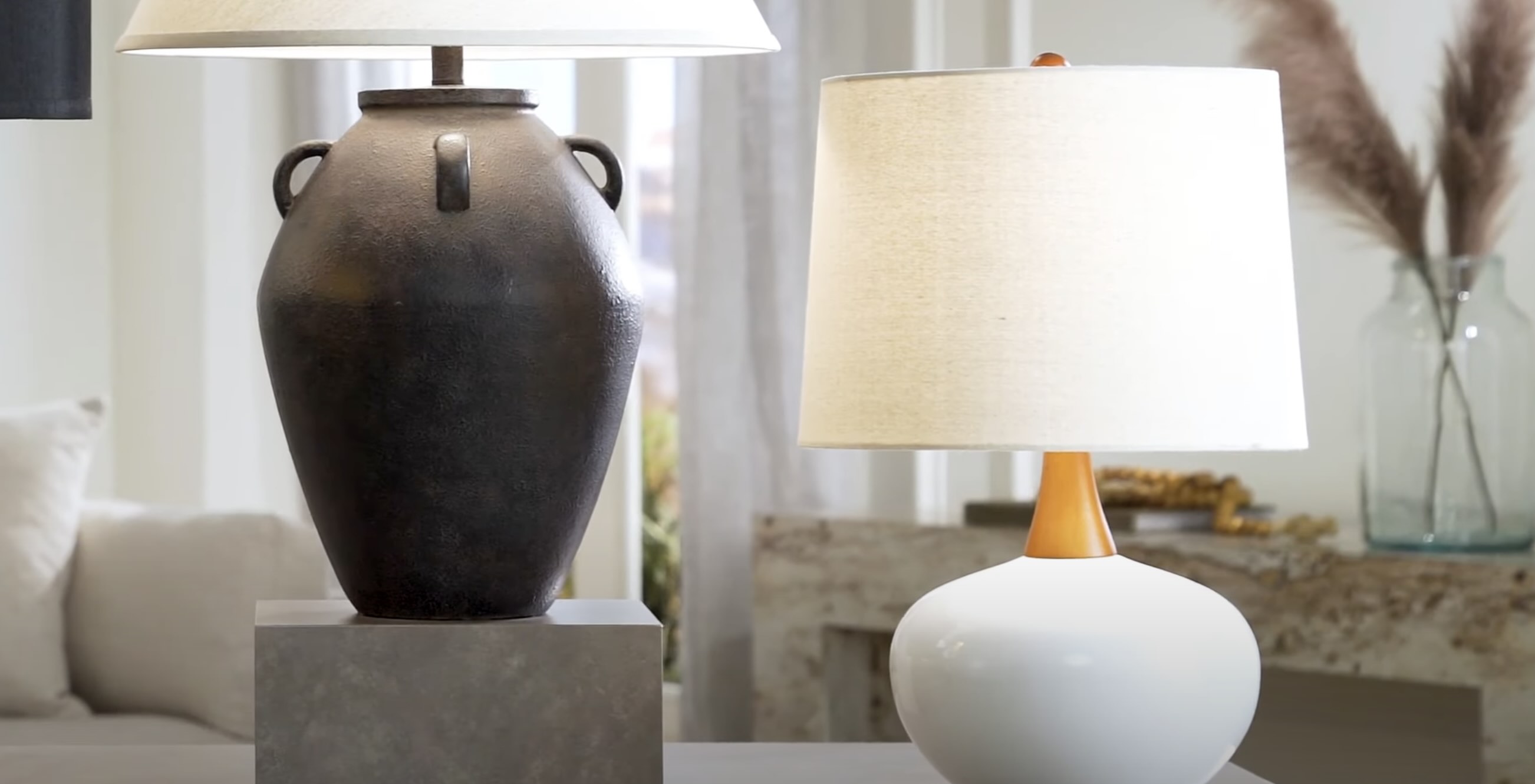
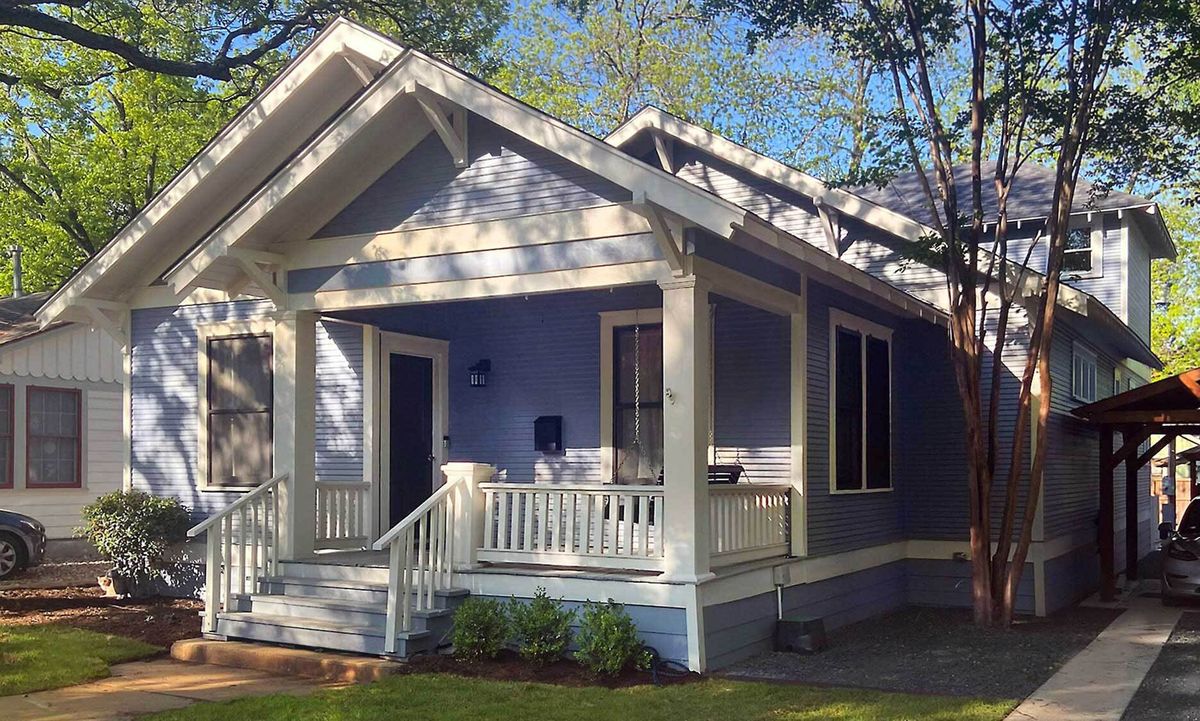
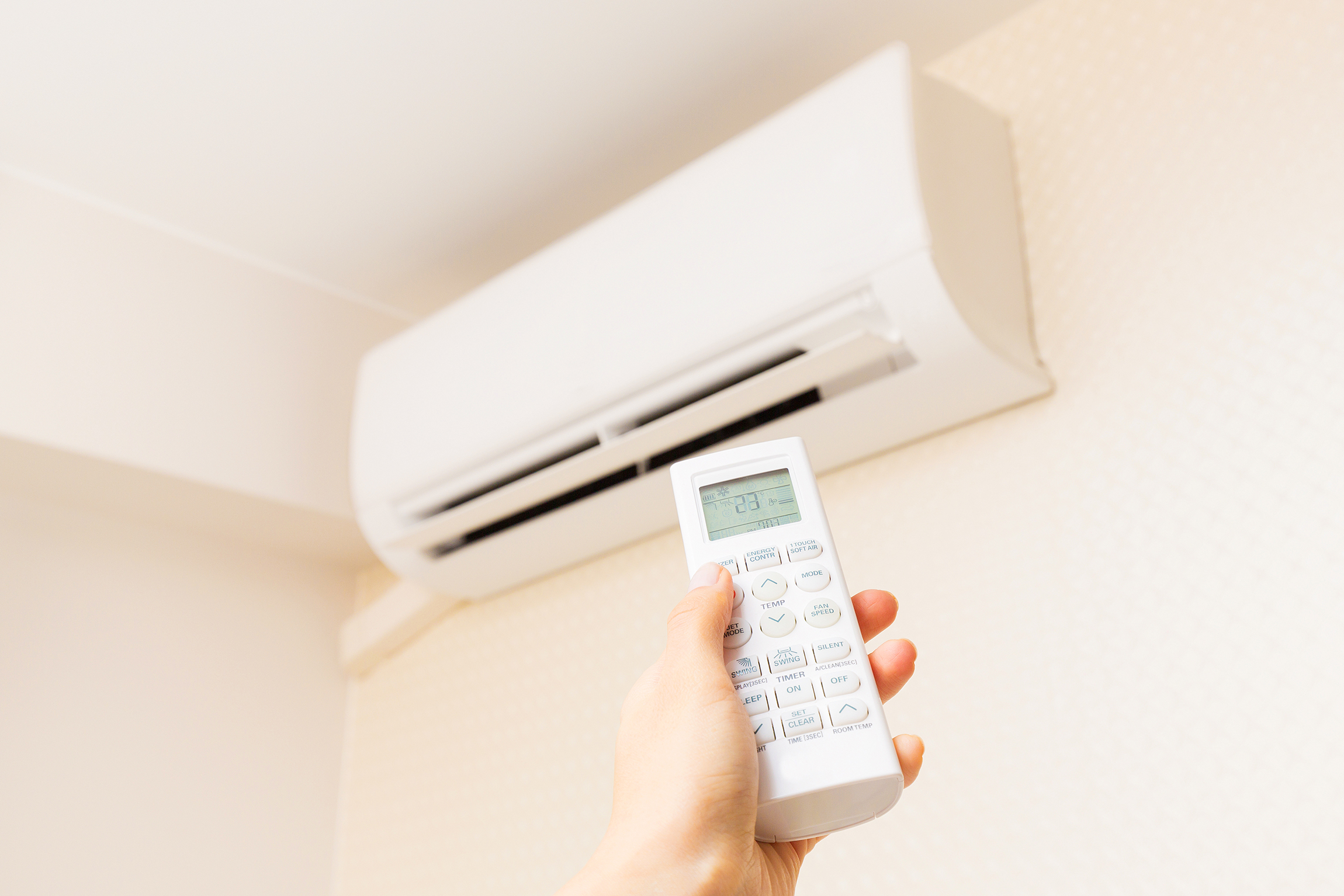
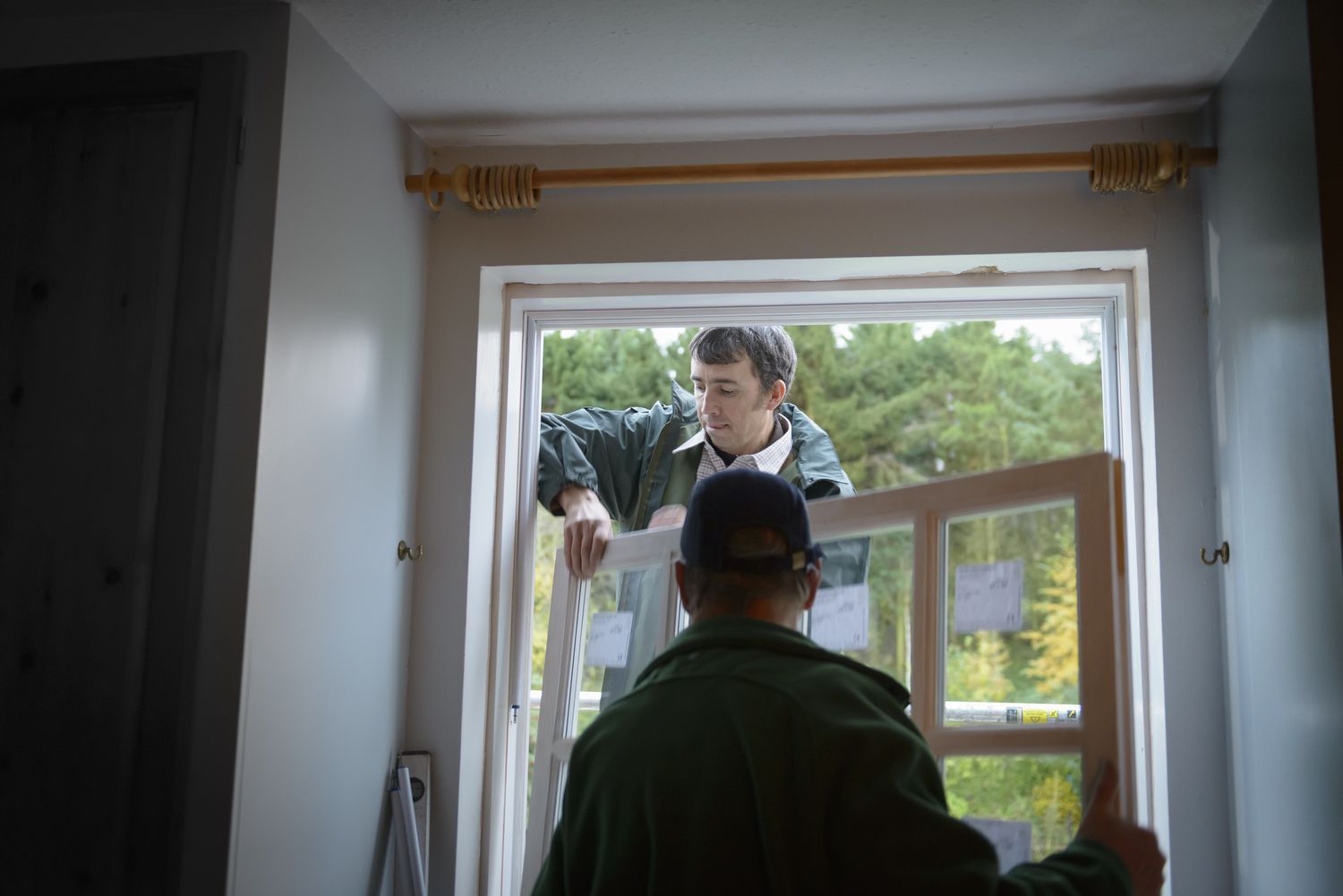
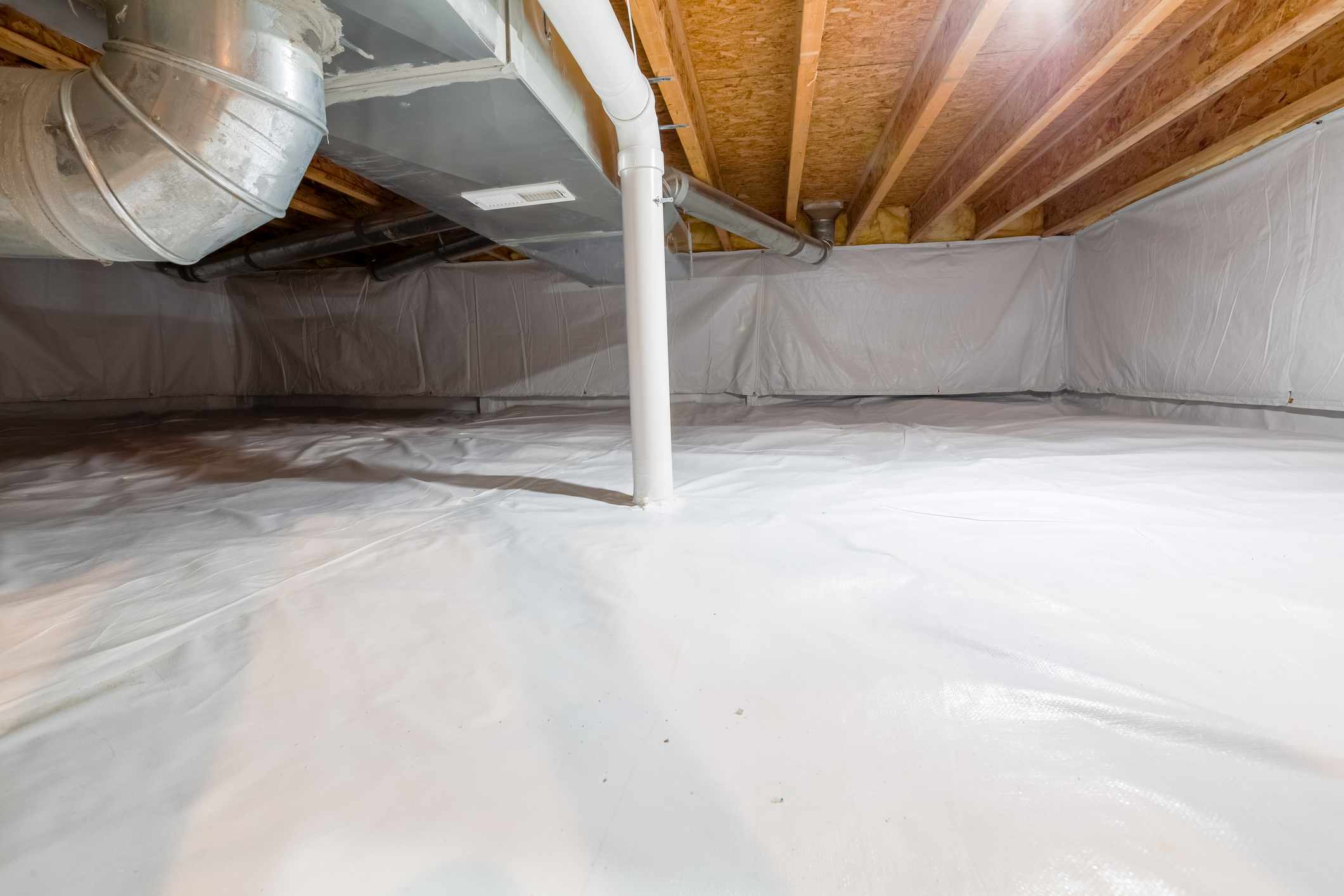




0 thoughts on “Using Bleach To Kill Mold: What You Need To Know”